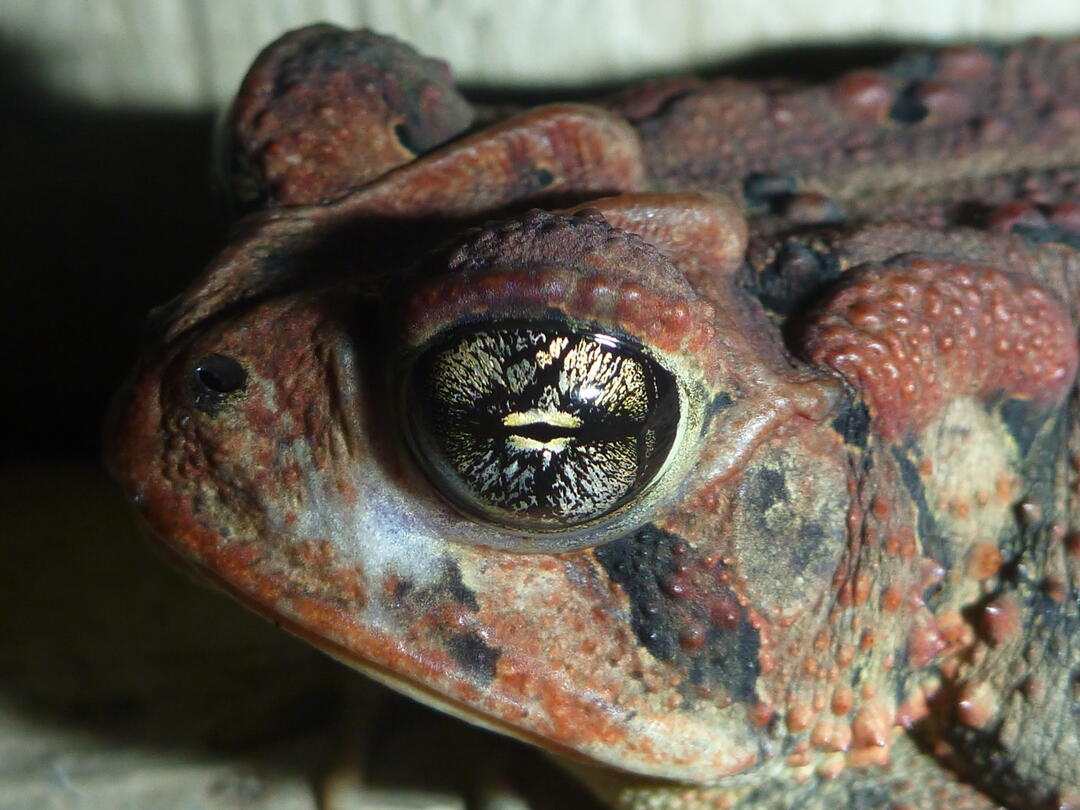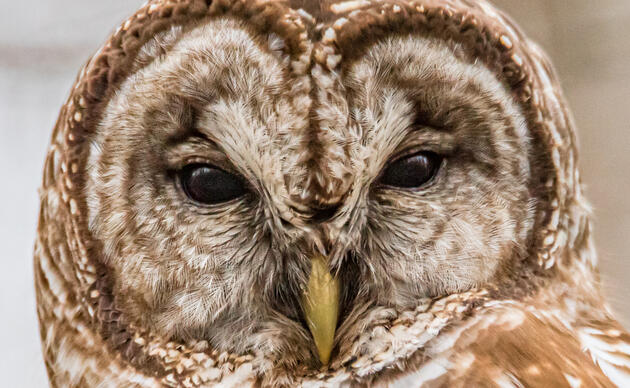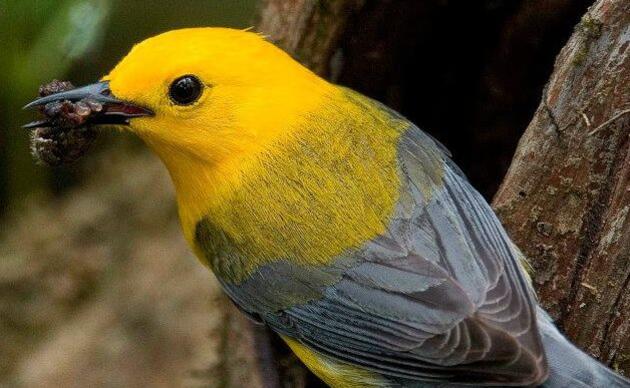Frogs & Toads
- Bronze Frog (Rana clamitans)
- American Bullfrog (Rana catesbeianus)
- Carpenter Frog (Rana virgatipes)
- Southern Leopard Frog (Lithobates sphenocephalus)
- Green Frog (Lithobates clamitans)
- Green Treefrog (Hyla cinerea)
- Gray Treefrog (Hyla versicolor)
- Squirrel Treefrog (Hyla squirella)
- Pine Woods Treefrog (Hyla femoralis)
- Barking Treefrog (Hyla gratiosa)
- Spring Peeper (Pseudacris crucifer)
- Little Grass Frog (Pseudacris ocularis)
- Southern Chorus Frog (Pseudacris nigrita)
- Western Chorus Frog (Pseudacris triseriata)
- Ornate Chorus Frog (Pseudacris ornata)
- Southern Cricket Frog (Acris gryllus)
- Southern Toad (Anaxyrus terrestris)
- Eastern Spadefoot Toad (Scaphiopus holbrookii)
- Oak Toad (Anaxyrus quericus)
- Eastern Narrow-mouthed Toad (Gastrophryne carolinensis)
Salamanders
- Three-lined Salamander (Eurycea guttolineata)
- Northern Two-lined Salamander (Eurycea bislineata)
- Dwarf Salamander (Eurycea quadridgitata)
- Northern Slimy Salamander (Plethodon glutinosus)
- Southern Dusky Salamander (Desmognathus auriculatus)
- Marbled Salamander (Ambystoma oapacum)
- Mole Salamander (Ambystoma talpodieum)
- Red Spotted Newt (Notophthalmus viridescens)
- Lesser Siren (Siren intermedia)
- Two-toed Amphiuma (Amphiuma means)
How you can help, right now
Boardwalk Tickets
We're open Wednesdays thru Saturdays 9 AM to 5 PM and
Sundays 11 AM to 4 PM.
Beidler Membership
Click here to purchase a membership, which provides free admission for a year and other benefits. We offer both Individual and Family Memberships.
Donate to Beidler Forest
If you wish to support us, please consider donating. 100% of your donation goes back into Beidler Forest.





